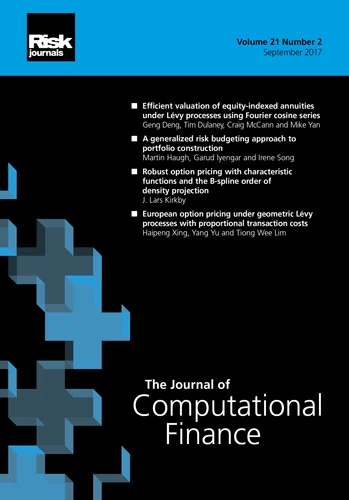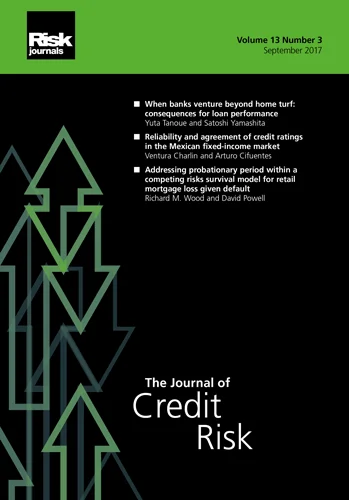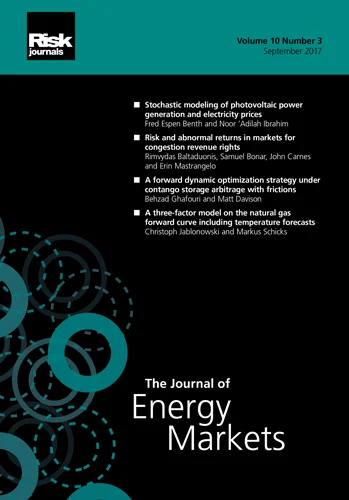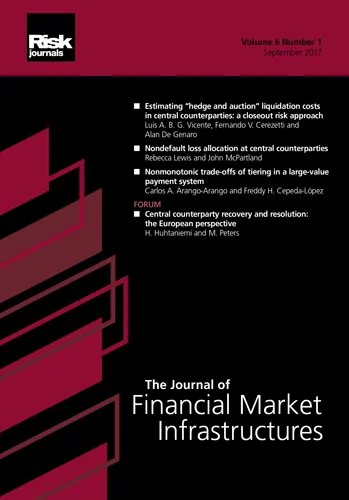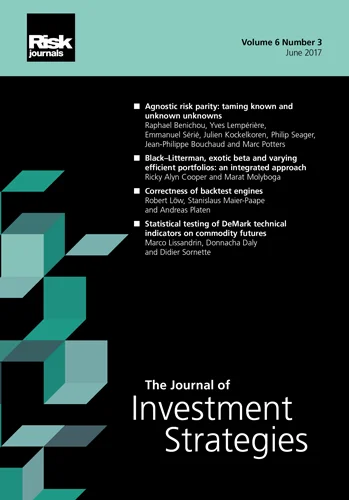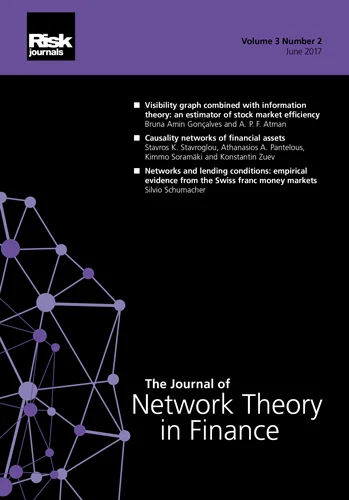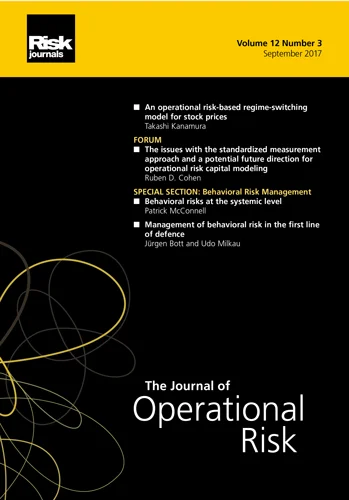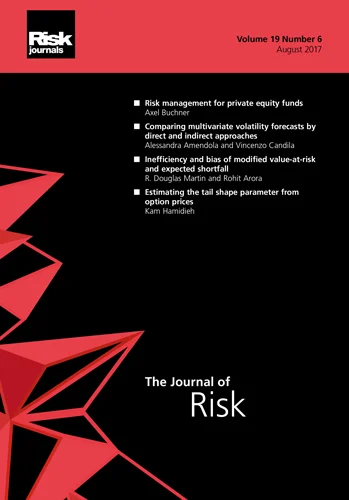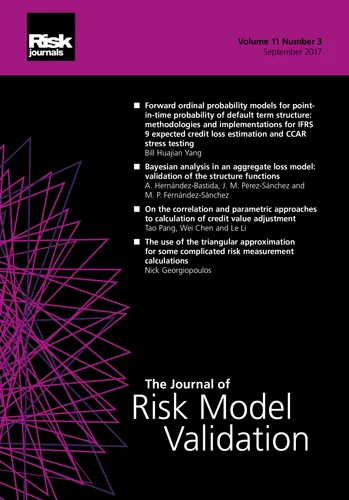Journal of Energy Markets
ISSN:
1756-3615 (online)
Editor-in-chief: Kostas Andriosopoulos
Volume 2, Number 3 (September 2009)
Editor's Letter
Rüdiger Kiesel
University Duisburg-Essen
Sven-Olaf Stoll
EnBW Trading GmbH, Karlsruhe
This special issue contains papers that were presented at the conference "Financial Modelling in Energy Markets" (Karlsruhe, Germany, October 9-10, 2008). The aim of the conference was to discuss research on energy modeling and energy risk management currently carried out by both industry and academia. During the conference a variety of econometric, statistical and stochastic models and methods were applied to practical and theoretical questions arising in energy markets. This special issue contains a strong collection of five papers that very nicely cover the underlying questions of the conference and the variety of methods used.
This special issue contains papers that were presented at the conference “Financial Modelling in Energy Markets” (Karlsruhe, Germany, October 9–10, 2008). The aim of the conference was to discuss research on energy modeling and energy risk management currently carried out by both industry and academia. During the conference a variety of econometric, statistical and stochastic models and methods were applied to practical and theoretical questions arising in energy markets. This special issue contains a strong collection of five papers that very nicely cover the underlying questions of the conference and the variety of methods used.
In “Electricity futures prices: some evidence on forecast power at Nord Pool”, Torró compares short-term futures prices as a forecast for spot prices with forecasts obtained by a time-series model with external variables (or ARIMAX model) based on external variables such as temperature, precipitation, reservoirs levels and the basis (the futures price minus the spot price). He uses the Diebold–Mariano test to demonstrate the superiority of the time-series model. This analysis also reveals that forecasting errors of futures prices are on average significantly above the settlement spot price at the “delivery week”. Agents taking positions in weekly futures contracts at Nord Pool might find his insights especially useful.
De Jong and Schneider consider the important question of dynamic dependency structures within multiple energy spot prices. In “Cointegration between gas and power spot prices”, they study the Title Transfer Facility, the Zeebrugge gas spot market and the National Balancing Point gas spot market, as well as the Amsterdam Power Exchange power spot market. Using spot-forward price spreads instead of spot prices they show that gas prices are strongly cointegrated, while gas and power prices cointegrate on long-term forward price levels only.
Paschke and Prokopczuk consider the dependency analysis from a different angle. Their paper “Integrating multiple commodities in a model of stochastic price dynamics” develops a multi-factor model for the joint dynamics of related commodity spot prices in continuous time. The affine model structure allows derivation of closedform solutions of futures prices and application of the Kalman filter methodology for estimation. They demonstrate the relevance of their model as a tool for valuing an investment project in a refinery.
In “Modeling electricity prices by potential Lévy diffusions”, Borovkova et al suggest using the class of Lévy diffusion models driven by potential functions to model electricity price processes. They provide model estimation procedures and apply them to data from electricity markets. Their results show that their model captures the characteristic features of the data and generates realistic price paths, which demonstrates its strong relevance for scenario simulations in risk management. “The information premium for non-storable commodities”, by Benth and Meyer- Brandis, is based on the fundamental insight that for non-storable commodities, forward-looking information about market conditions is not necessarily captured by the standard filtration generated by spot asset prices. They apply the technique of enlargement of filtrations and compute the prices of forward contracts of non-storable commodities. They show that the information premium approach is able to explain a significant part of the deviation of market prices from model prices obtained by alternative models. Their insights are illustrated through examples that take temperature forecasts and CO2 emission costs into account when pricing electricity forwards. The Karlsruhe conference continued a series of conferences with topics related to financial models for energy markets, with previous conferences having been held in London, Ulm and Oslo. This conference was followed by one in Kristiansand, Norway in 2009, which was as exciting as the previous ones and which will be the subject of a future issue of The Journal of Energy Markets.
Papers in this issue
Electricity futures prices: some evidence on forecast power at NordPool
Research Papers
Cointegration between gas and power spot prices
Research Papers
The information premium for non-storable commodities
Research Papers
Integrating multiple commodities in a model of stochastic price dynamics
Research Papers
Modeling electricity prices by potential Lévy diffusions
Research Papers
